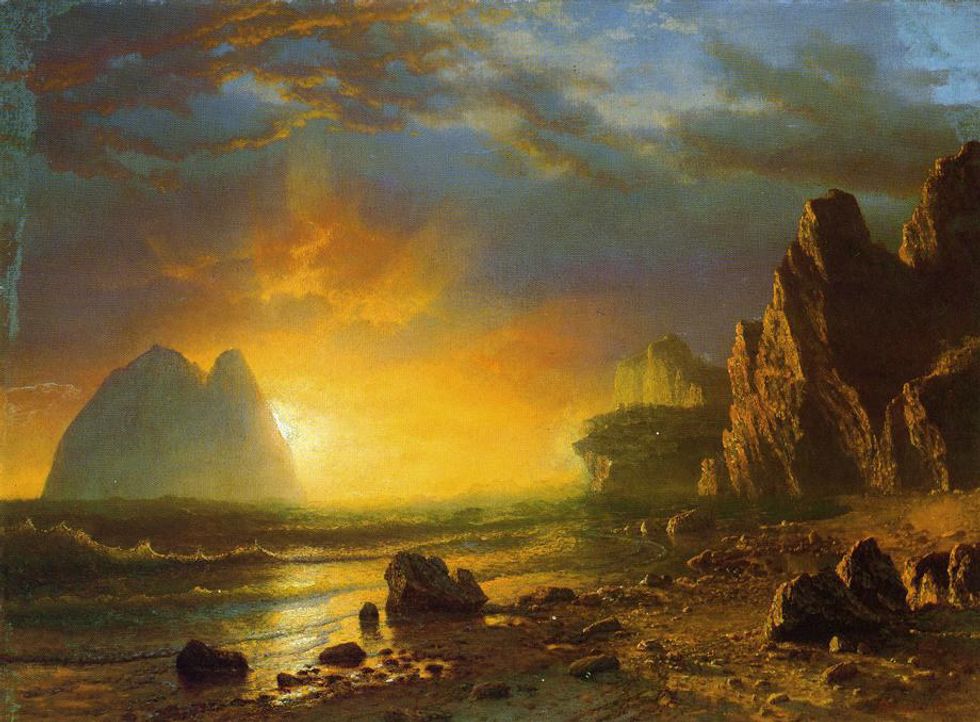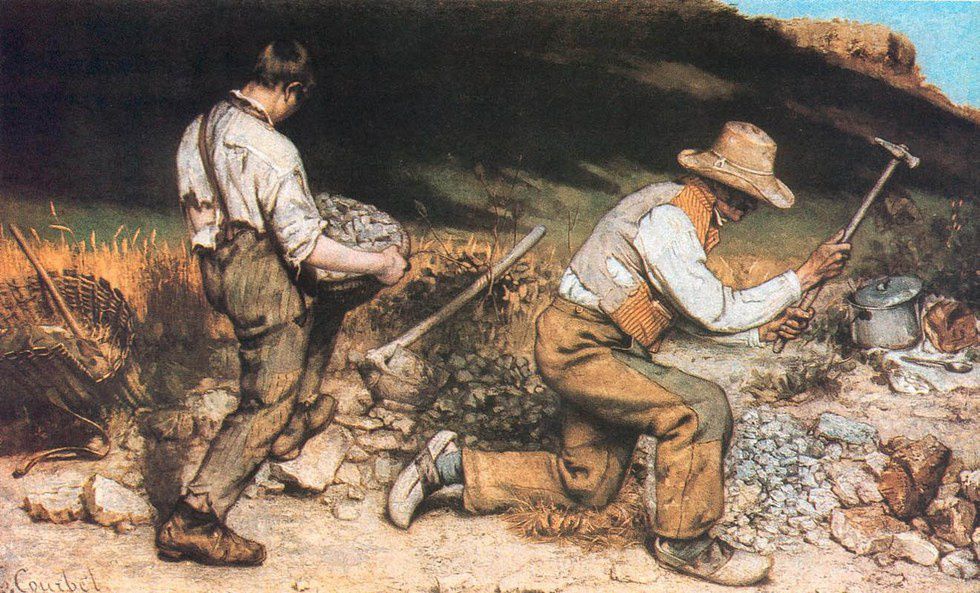Romanticism and Realism were extremely popular themes in American literature during the nineteenth and twentieth centuries, with the Romantic period occurring earlier. Historically, Romantic works contain characters appearing to be out of this world. They find themselves in mysterious or adventurous situations, often involving settings readers aren't familiar with. The stories, which typically involve legend and lore, almost always have happy endings. Another key trademark of Romantic works is the poetic form in which they are written. If Romanticism was a protagonist, Realism would be the antagonist. Occurring as a response to Romanticism, Realism focuses around characters that are just regular people. The plot plays out like everyday life and is written to represent contemporary times. Settings in Realist stories are those a reader would be familiar with or know of, and regular speech is used by the author when writing. Realist works may also contain unhappy endings, should the circumstances in the story rationally lead to one.
In history, Romanticism occurred after the Enlightenment, in which people focused on rationalism and science. It was during the Enlightenment that many famous philosophers penned their greatest works, including Voltaire, Montesquieu, and Rousseau. The Enlightenment was a time in which there was a major split in the church and science, thanks to the Renaissance. The Renaissance was the first time people could enjoy anything that did not have to do with the church. Instead of living a mundane existence and working to survive, people learned crafts, arts flourished, and culture and thought developed. Greco-Roman influences were reborn, and humanism became a part of everyday life. Humanism is the practice of appreciating physical beauty and the accomplishments of man. However, in this time, people took the separation of life and church as a way to explore science, hoping to find explanations for things such as sickness and the natural world. This new independence in science segued into the Enlightenment period. With newfound rationalism in the physical sciences, philosophers used the same rationalism in the political sciences, leading to the American and French Revolutions. Once the wars had ended, people turned back toward ideals representing the Renaissance, thus creating the Romantic period.
While different from the Renaissance, Romanticism had the same focus on art and literature that was so popular two eras before. People used Romanticism as a way to channel inspiration and imagination, much like those of the Renaissance did. Gone were the days of focusing on the tasks of day-to-day life and the reality behind them. Paintings created by Romantic artists featured whimsical touches and exotic scenes. Characters went on grand adventures and found their way to happy endings. Poetic language was the art used by writers to speak to readers in an extremely literary and formal way. Everything about Romanticism was supposed to be of another world. However, this could not last long, and Realism soon found its way into people's lives. Paintings once again depicted jobs and chores, and they lacked any sort of supernatural influences. Rationalism was once again in, forcing the dreamy ideals of Romanticism out. Societal issues became a frontrunner during this time. It was during this time that the ideals of Enlightenment were once again shadowed in the modern age.
Romanticism is proof that trends in ideology come full circle. However, in the later 20th century, a blend of Romanticism and Realism occurred that has lasted until this day. Epic movies and dramatic music have echoes of the Romantic period, while things such as photography and journalism capture Realism. With these two things, a unique culture has emerged where many people will describe themselves as either a Romantic or a Realist. This is the first time where one has not been favored over the other by a majority. It is recognized that both are valuable viewpoints and methods of thinking. Many people even describe themselves as a realistic Romantic. No matter what, there are lessons to be learned in the art and literature that arose from both time periods. It is with their blending, though, that we see a happier version of reality. The combination of Romanticism and Realism is what makes this century such a unique addition to time and humanity.




















